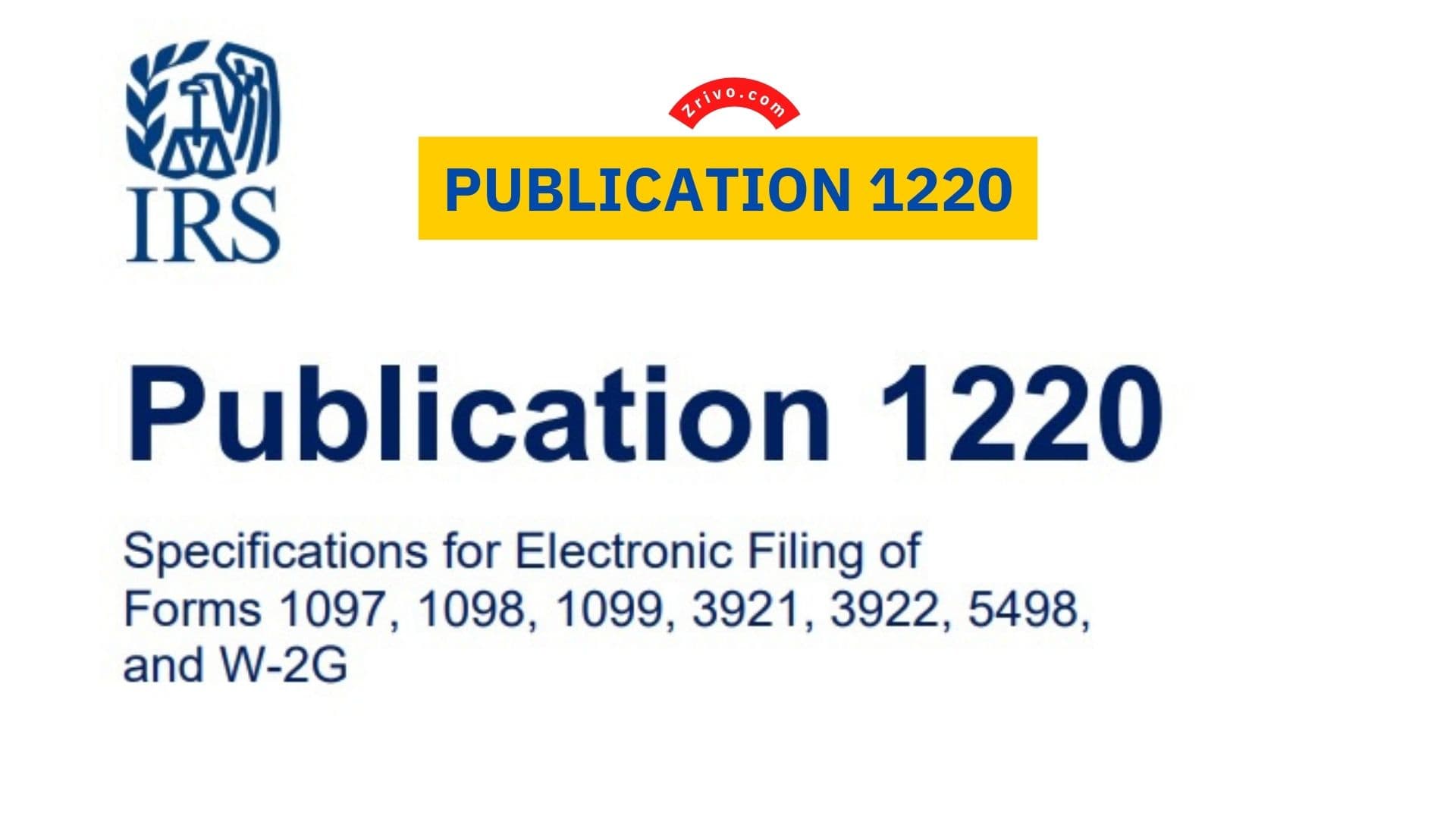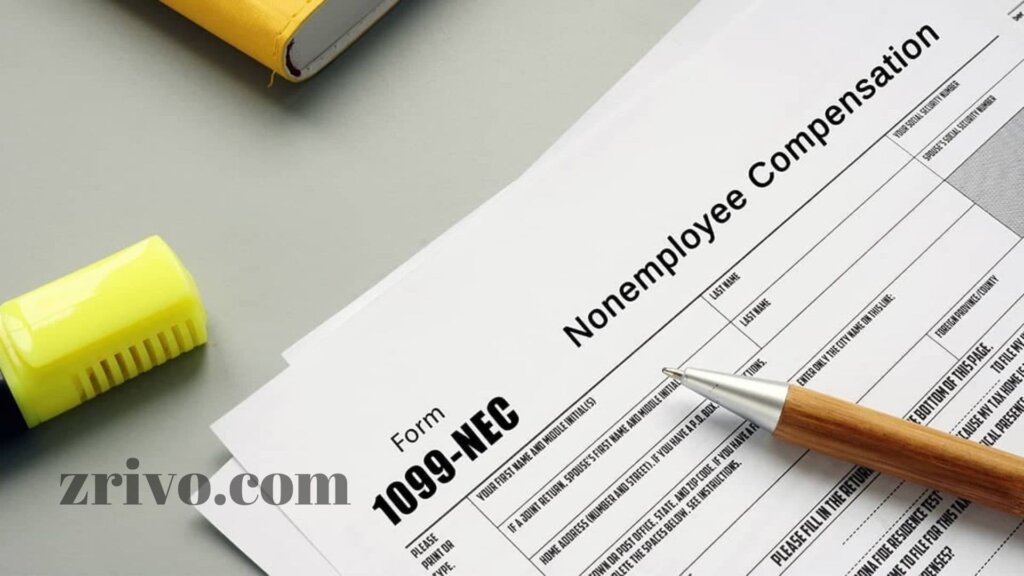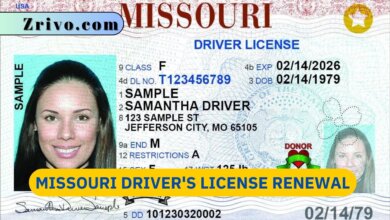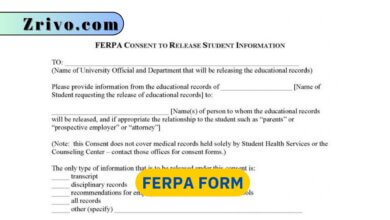Publication 1220 2023 - 2024
Pub 1220 is the IRS's publication that provides guidance on filing 1097, 1098, 1099, 3921, 3922, 5498, and W-2G forms. This article will cover everything taxpayers will need about these forms.

IRS Publication 1220 is an important document that covers Specifications for Electronic Filing of. Forms 1097, 1098, 1099, 3921, 3922, 5498, and W-2G. It is a useful guide for business taxpayers and issuers to understand how to prepare and submit 1099 forms. It also includes guidance on how to file magnetic media formatted files with states.
In addition to this, it also discusses the importance of submitting all required information returns and extensions in a timely manner. This publication is updated periodically. Publication 1220 also covers state requirements. It includes instructions for filing with states that participate in the CF/SF program and those that do not.
What does IRS pub 1220 cover?
Publication 1220, Specifications for Electronic Filing of. Forms 1097, 1098, 1099, 3921, 3922, 5498, and W-2G is the document that describes how to file 1099s and other income record forms with Treasury electronically. The publication also provides guidance on filing 1099s using magnetic media. It also explains how to enter “State/Payer’s state no.” on paper forms. It notes that boxes on these paper forms may correspond to fields in the electronic file; however, the instructions in Pub 1220 supersede those of the paper form and must be followed.
If you need further information, please contact your local tax agent. Alternatively, you can contact the Treasury Service Center. The Service Center can provide you with more information on how to electronically file your 1099s and other income records with the IRS.

Does the IRS Send 1099s to states?
There are a variety of different types of 1099s, including ones that report income from gig work, rentals, and investments. They are also used to report proceeds from real estate transactions, including mortgage interest and property sales. In general, you should receive 1099 for any non-wage income you earned during the year that exceeds $600. This may include wages, rents, dividends, interest, and royalties depending on your situation.
As part of the Combined Federal/State Filing program, the IRS sends Form 1099 information to the states participating. However, some states do not participate in this program and may have their requirements for filing. For example, the District of Columbia requires payors to report Form 1099-NEC when reporting state withholding or $600 or more of non-employee compensation. To report this information, payors must either file Form 1099-NEC by January 31, 2023, or remit a scanned copy via email.
Where do I Send 1099 to IRS?
Form 1099 is a tax form that reports different types of payments made to individuals and businesses that typically aren’t your employer. These payments can include rental income, earnings from freelance work or independent contractors (gig workers), a tax refund from your state or locality, and gambling winnings.
The payer of the payment fills out a 1099 and sends copies to you and the IRS, reporting payments made during the year. In some cases, a copy of the form must also be sent to your state taxing authority.
Note that some forms are required to be filed by January 31 each year, while others must be provided to you by February 15. The IRS recommends that you file all paper documents through e-filing to save time and money, but they accept mailer copies of these forms.
To e-file, connect your personal user profile to the Treasury-registered business tax account that issued the forms. Then, visit your state’s web services to upload your form information to the IRS using the W-2 and 1099 e-file system.






I love looking through an article that can make people think. Also, thank you for allowing me to comment!